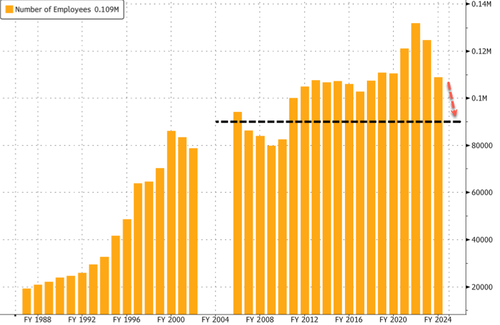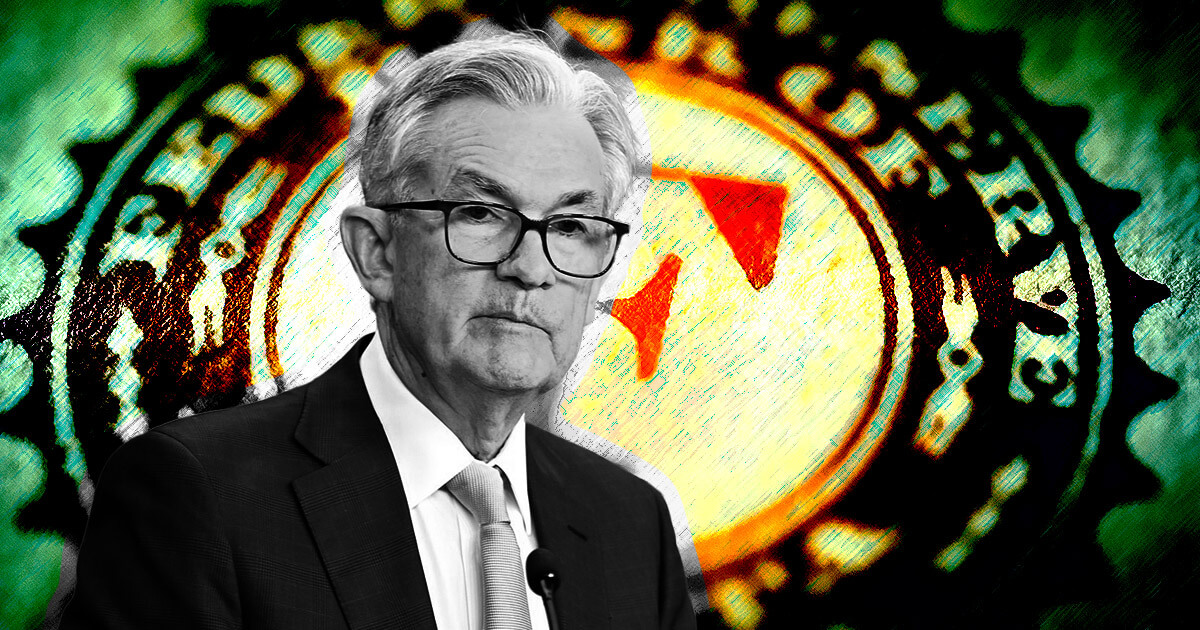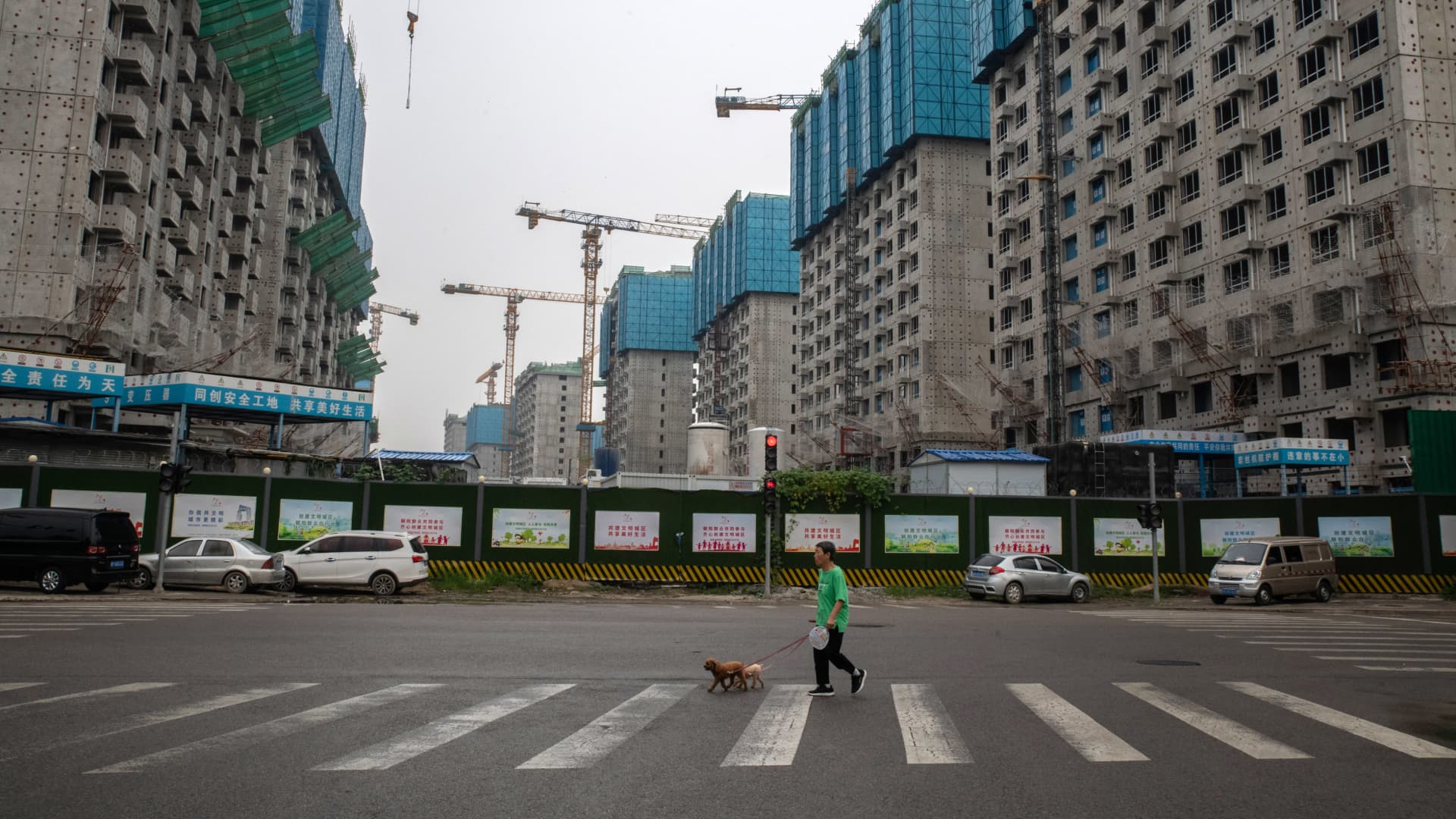The assassination attempt on Pakistani opposition leader Imran Khan says many things about Pakistan while also raising some questions for India.
One, the attempt on Khan’s life highlights a continuing difficulty within the Pakistani political system — and in its civil society — to find alternative and less crude methods to deal with political positions or attitudes that are found to be inconvenient or unacceptable to certain sections.
Pakistan has a history of political assassinations. Liaquat Ali Khan, its first prime minister was assassinated in 1951 while Benazir Bhutto, its first woman prime minister was killed in 2007. Alongside are such killings as those of Salman Taseer, governor of Pakistan’s Punjab province in 2011, shot by his own bodyguard for his opposition to the country’s blasphemy laws.
Two, the confusion over motives in the latest assassination attempt (Khan’s political outfit, the Pakistan Tehreek-e-Insaf has dismissed a video confession as a government-attempted cover-up) and the lack of definitive results despite multiple investigations into the Bhutto assassination underline the presence of powers behind the scenes that Pakistanis believe are constantly pulling the political strings. The historical record points to the Pakistan Army and the Inter-Services Intelligence (ISI) as the chief among these powers, testified also by the fact that there were protests in front of the corps commander’s residence in Peshawar. In fact, Khan himself and before him Nawaz Sharif whose brother Shabhaz Sharif is the current Prime Minister are both creations of such powers as also their supposed victims. Khan’s ongoing agitation is seen as putting pressure on the Pakistan Army at a particularly sensitive time as its chief Gen. Qamar Bajwa comes to the end of his second tenure later this month.
Three, the Bhutto assassination — because she was a woman — and the Taseer assassination also speak to the class and cultural divides in Pakistani society, perhaps, among the widest anywhere in the world. The country has, on the one hand, a landed elite, who are educated at the best of institutions in the West, well-travelled, and often secular and represented by the likes of Bhutto, Taseer and Khan himself while on one other, there is the vast majority that are poor and turn to religious radicalism as a salve for their disaffection. This is a divide that Pakistan’s social and political elites have done little to bridge in the 70-odd years of its existence.
Four, and related, as Pakistan’s population and inequalities have grown, so too has the space for religious radicalism and the options available to demagogues like Khan. While he built his popularity as the country’s most successful cricket captain and one of its most charismatic, Khan himself has not been immune to some of these trends as a former playboy turned born-again Muslim. But what is germane here is that by surviving this attempt on his life Khan appears now even more likely to be able to turn the tables on the Pakistan Army and other opposition and to return to power.
This brings us to the implications for India. Not surprisingly, many in India see the chaos in their historically hostile neighbour as a good thing. However, chaos in Pakistan does not necessarily resolve India’s larger strategic concerns in the region and wider afield.
While India’s security agencies have tried their bit, it is clear that dealing with a country of over 200 million people, a nuclear-armed military power and one that has cleverly balanced ties between the US and China for decades, requires greater sophistication from India’s policymakers.
India’s ‘neighbourhood first’ policy towards Pakistan currently remains limited to employing diplomatic pressure in global forums and military pressure on the borders. However, India might also need to increase its stakes in the Pakistani economy and civil society if it seeks greater capability to influence and shape Pakistan’s external behaviour. This is really what the Chinese have done with their China-Pakistan Economic Corridor. And it might be an experience India might learn from and adapt to its needs as it attempts to return to a position of regional primacy in South Asia and undercut both American and Chinese interventions.
Download The Mint News App to get Daily Market Updates.
More
Less















